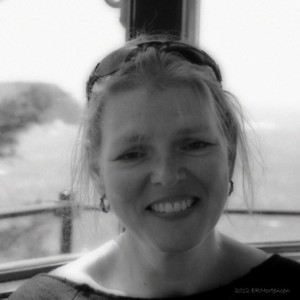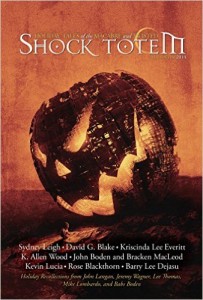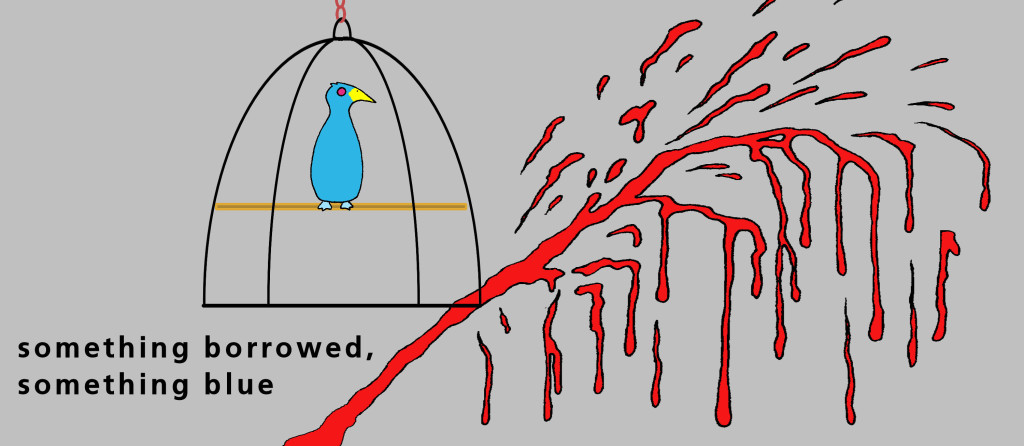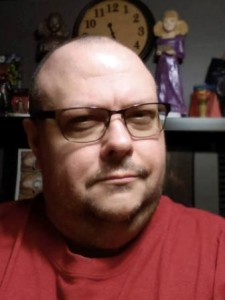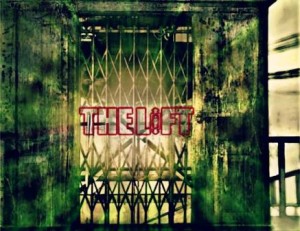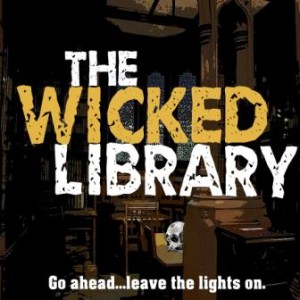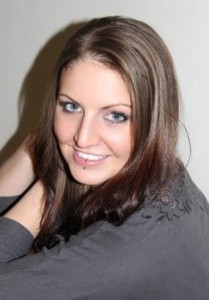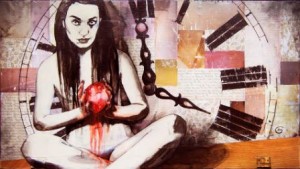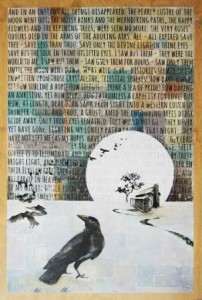For this week’s author interview, I’m pleased to introduce Benjamin Blake. Benjamin is a fiction writer and poet as well as a photographer of all things strange. His collection, Southpaw Nights, appears on the Horror Writers Association’s 2015 Reading List, and Benjamin has received tons of great reviews on his fantastic dark verse and fiction.
Recently, he and I discussed his inspiration as a writer as well as how weird places and ghosts influence his work.
A couple icebreakers to start: when did you first decide to become a writer, and who are some of your favorite authors?
I have written most of my life in one form or another, but it wasn’t until a stormy autumn night about six years ago, in the basement room I was living in at the time, that I started to pen the first short story I had written since I was a kid. That was when I knew that writing was what I wanted to do for good.
As far as favorite authors go, I absolutely love Ray Bradbury; his prose is so utterly poetic and he fires words at the page like bottle rockets. There is such a fervency in his writing. That really gets me. Also, Charles Bukowski – he never fails to entertain, and hits home truths that most people are afraid to think about, yet alone say. I could go on all day about authors, but others include: Stephen King, J.D. Salinger, Joe Hill and Neil Gaiman.
You work in a variety of artistic mediums, including writing (both fiction and poetry) as well as photography. How is your approach to each different (or similar)?
There’s definitely an undercurrent that runs through them all, which is mood, or feeling, or whatever you want to call it. And that is the genesis for anything that I create. The search for that particular poignancy. I also tend to think very visually, so that naturally crosses over from photography to writing. Fiction is certainly the hardest; poetry and photography can be fleeting snapshots of feeling, and while that can apply to flash fiction, or short stories, the longer prose pieces take a lot more structural precision. I recently finished writing my first novel, and while it shares many creative attributes with poetry and photography, there is definitely a huge side of novel-writing that is not inherent in the other two mediums.
Much of your work leans toward horror and the darker side of life. Have you always been a fan of horror, and what was your earliest experience with the genre?
I have always been deeply in love with horror and the supernatural. It started with Scooby Doo (although I was always angry that the spooks weren’t actually real in the end), and went on to illustrated books about ghosts, and R.L. Stine’s Goosebumps. Though, my first introduction to the ‘adult’ side of the genre, was through the late night horror movies my mother would tape for me on VHS. Children of the Corn led to borrowing Stephen King’s Night Shift from the local public library, to seek out the short story that the movie was based on. I must have been about twelve years old at the time, maybe younger.
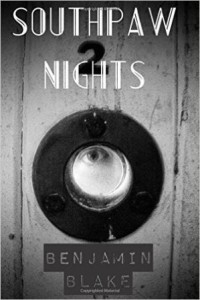 I love that on your website, your bio includes the detail that you were born in a hospital that has since been demolished. The hospital where I was born hasn’t been demolished yet, but it is now abandoned (and supposedly very haunted). What do you think it is about abandoned and demolished buildings that keeps writers and readers fascinated?
I love that on your website, your bio includes the detail that you were born in a hospital that has since been demolished. The hospital where I was born hasn’t been demolished yet, but it is now abandoned (and supposedly very haunted). What do you think it is about abandoned and demolished buildings that keeps writers and readers fascinated?
See, that got me excited just reading that question! [Concerning the supposed haunted hospital], that’s a testament to how true that statement really is. I think it’s a combination of things; the obvious history of an old place, the aesthetics, the excitement of exploration and the unknown, the possibility of seeing something otherworldly, and the classic horror movie setting – you’ve seen it a hundred times before on the screen (or read about it in books), and you get to experience it firsthand. There’s something immensely alluring in all that.
You also mention in your bio that you believe in ghosts. Does the spirit realm often find its way into your work? Any otherworldly personal experiences you care to share?
The spirit realm definitely finds its way into my work on a regular basis. There’s something so beautiful and tragic in the idea of ghosts. It really is a timeless subject, too. Humans have been telling ghost stories since the dawn of time, and will continue to tell them until our end.
When I was a small child, my father worked at a pioneer village. The site was mostly made up of historical buildings that had been moved there. Among these was an old jailhouse (which was originally just a regular house). And I wanted to go see it so bad. After weeks of nagging, my father finally gave in, and took me along. I burst into the building, ran along the hall which led to the cell (pushing past an elderly couple in my excitement), and into the small incarceration room. Where, by all accounts, I screamed my little three year old lungs out, and tore back the way in which I came. My dad let the scenario sit a little while, before eventually asking what it was that had freaked me out so badly. I replied, ‘I saw a man hanging.’
When next at the village, he mentioned the incident to a guy he worked with, who told him that back when the jailhouse was still functioning as a home, a man had hung himself out back from a plum tree.
Out of your published works, do you have a favorite?
I definitely have a soft spot for my first poetry collection, A Prayer for Late October. But I’d say my second published work, Southpaw Nights, a collection of prose and poetry, is my actual favorite. It’s my largest published work to date, and I’m immensely proud that it was able to come out in paperback. There are also a couple of stories in there that are among the pieces of mine that I am most happy with.
Big thanks to Benjamin for being part of this week’s author interview series! Find him online at his website and his Facebook page.
Happy reading!

